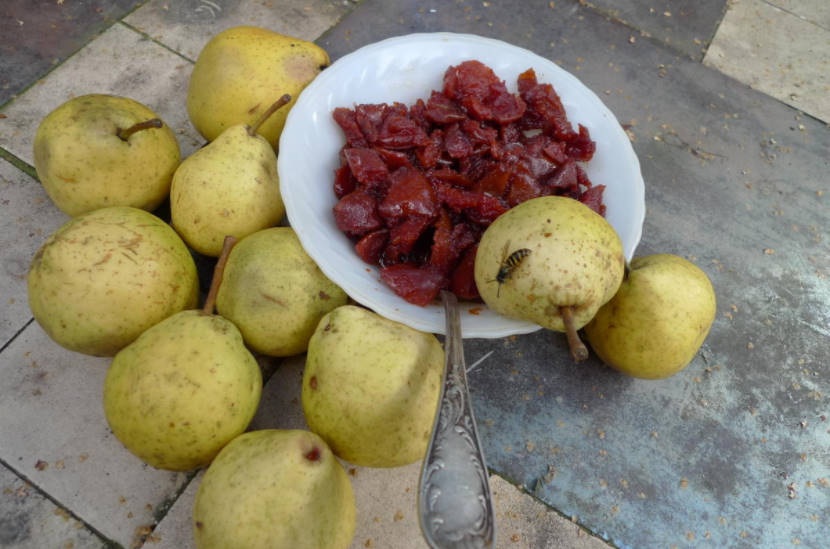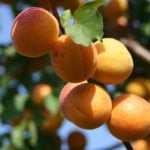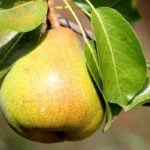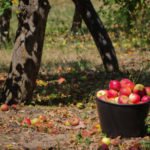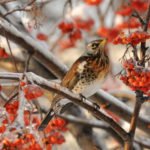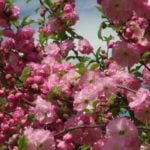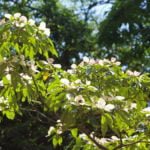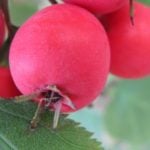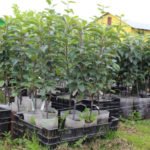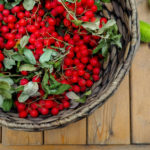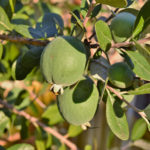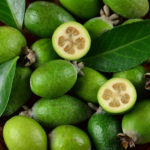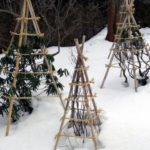For most gardeners, this fruit is the apotheosis of garden art, the ultimate dream of the owner of an orchard. Stories about delicious pears in the garden are passed from mouth to mouth and cause appropriate taste associations among others when it comes to a tender, yellowish, melting in the mouth, with a unique aroma, juicy, eaten without biting off to the tail, perfect in shape, quenching thirst and saturating beauty of a pear.
I will not, in modern terms, analyze the entire range of pears with all their pros and cons. There are a lot of materials compared to the characteristics of the varieties, and they are quite exhaustive. Let’s talk about something else: what difficulties and joys await a person who wants to grow a delicious pear? Why are pears with the listed properties very rare in gardens of the middle and temperate climatic zone?
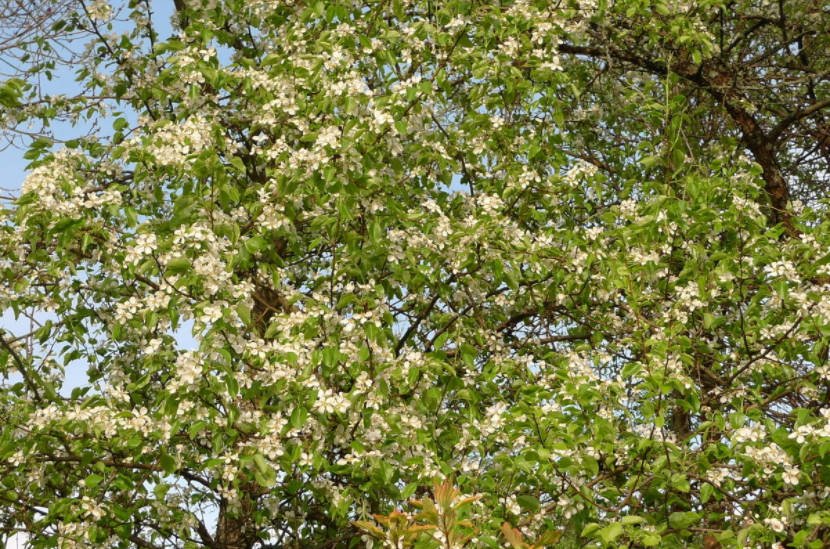
Blooming pears
Thirty years ago, I collected brown pears in the forest, as it should be, took out the seeds, stratified them right in the garden, sowed them before winter. Thus, a whole “forest” appeared, which in the first year reached a half-meter height and the thickness of a pencil. In addition, I wrote to enthusiasts from different regions, parcels with cuttings of exotic varieties for me came from them in the winter: different Doolies and Behrs, Duchesses, Williams, Conferences, etc.
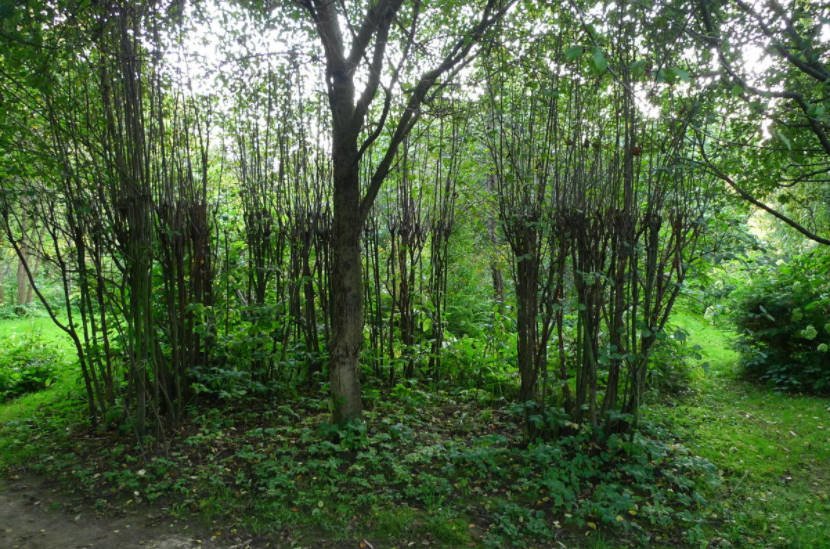
The result was a FOREST that in the first year reached half a meter in height and the thickness of a pencil
The most timely and favorable were the May days for mass vaccinations. Amelanchier was planted in a semicircle, so that in the future it would be possible to bend and at the same time cover several seedlings in the winter. All are vaccinated and have grown well. In order not to go into the details of the epic tragedy, I will inform you about the final result. After about two or three years, the Amelanchier outgrown the rootstock on vaccinations and everything broke off, with some unripe pears. Vaccinations of black-fruited mountain ash somehow withered. But the pear grafted on the mountain ash is still alive. A pear grafted directly to the root neck gives much less results.
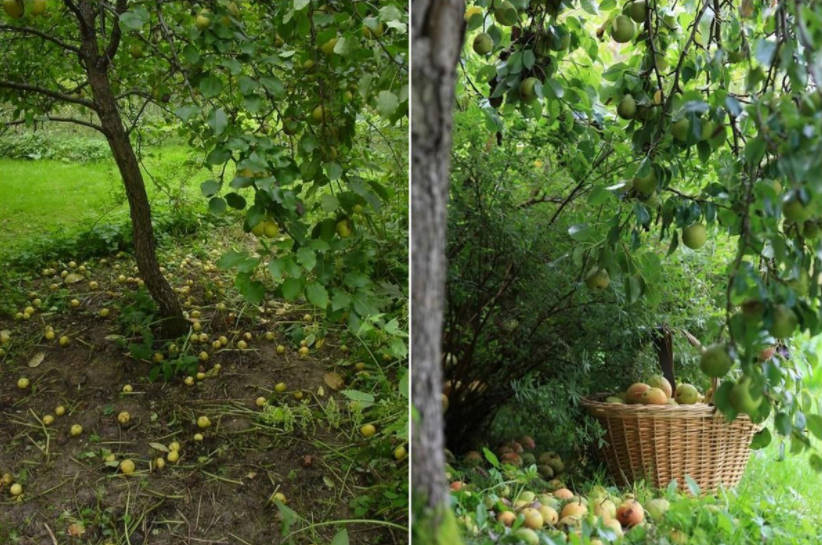
I have no way to compare the characteristics of pear fruits with the characteristics of other pear rootstocks, i.e. to assess the effect of the rootstock on the graft. No one complained about the taste, size and color. Grafting to the tree is ideal, practically does not require additional formation. The ability to regenerate is excellent, although all wounds received must be properly treated.
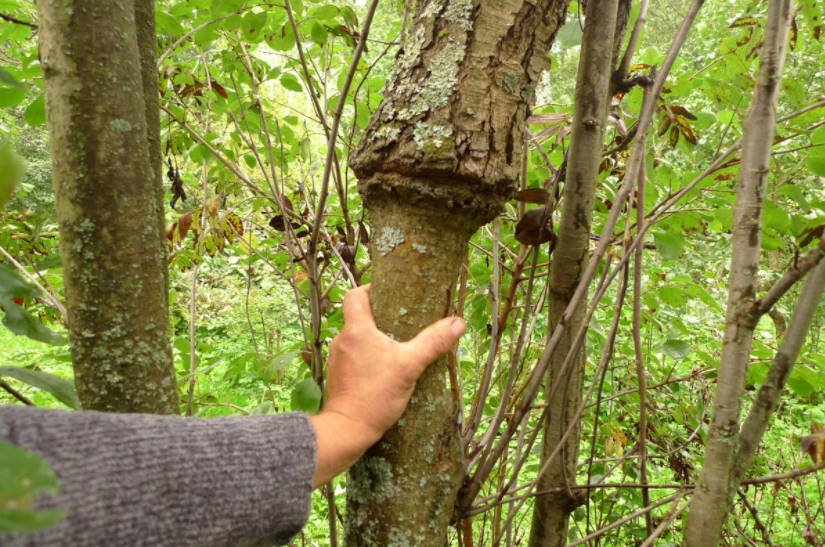
Grafting pears on mountain ash
Ten years ago, I decided to make an overgrown seedling from large trees of new varieties. It is grafted into the crown with skeletal branches at a height of 6-7 m (19.6-23 ft) with an axe, a sledgehammer and a belt.
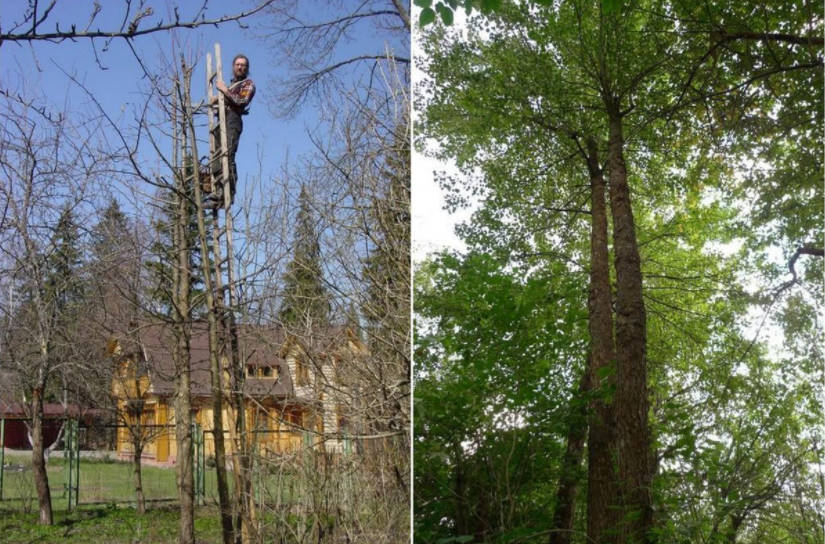
It is grafted into the crown by skeletal branches at a height of 6-7 m (19.6-23 ft). With the help of an axe, a sledgehammer and a belt, a crevice is made into which the desired species is grafted..
It turned out two trees full of varietal pears in one year. These pears are so good that they are mainly used by wasps and hornets, and when they fall, they break into pieces. Unless you put on a climber’s belt, take a basket and collect them all at once.
There is also a very beautiful pear in our garden, about which they say “hanging pear — you can’t eat it”. ” Nevertheless, we appreciate this pear for the unsurpassed taste of jam, juice and homemade wine. A characteristic feature of the fruits is that they practically do not rot, even lying on the ground for a long time. They become brown inside, soft and completely recyclable. We make a special red-brick jam from it and try to keep its reserves always in our cellar. This pear also makes excellent cakes.
I would also like to touch on the problem of scab. I decide, if I may say so, without deciding anything at all. I think if I had fought with her, we would have drowned in the pear crops. From year to year, this disease mows down part of the crop, but this part is always different. It all depends on the humidity of the year, on the previous winter, and so on.We deliberately do not use chemicals in your garden, observing the natural habitat and the agony of macro – and microorganisms. We like it so much.
Finally, we would like to mention such a most valuable property as plants for hedges. Where once a forest of rootstocks grew in the garden, a fragment of an impassable barbed fence formed in the middle of the plot, like in the fairy tale about the Sleeping Beauty. This is good for cutting, the trunks of pears are very beautiful at any time of the year, so we left the result of this experiment and continue to observe them in our so-called “garden laboratory”.
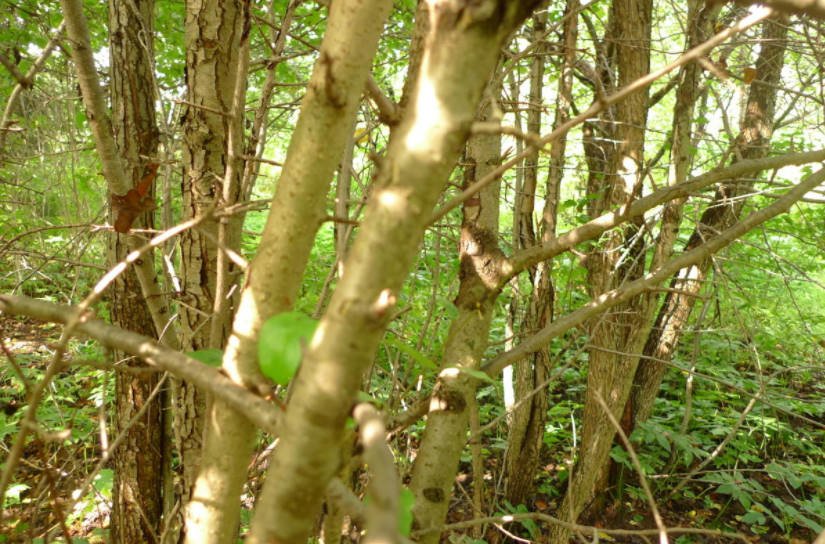
In the middle of the plot, a fragment of an impassable barbed fence was formed
Several adult unvaccinated pears from the same garden that I planted in the forest part of our garden. I must say that they fit perfectly into the landscape and, we hope, will eventually become part of the forest that forms the rocks, instead of leaving the fir trees. We are waiting for self-seeding!
